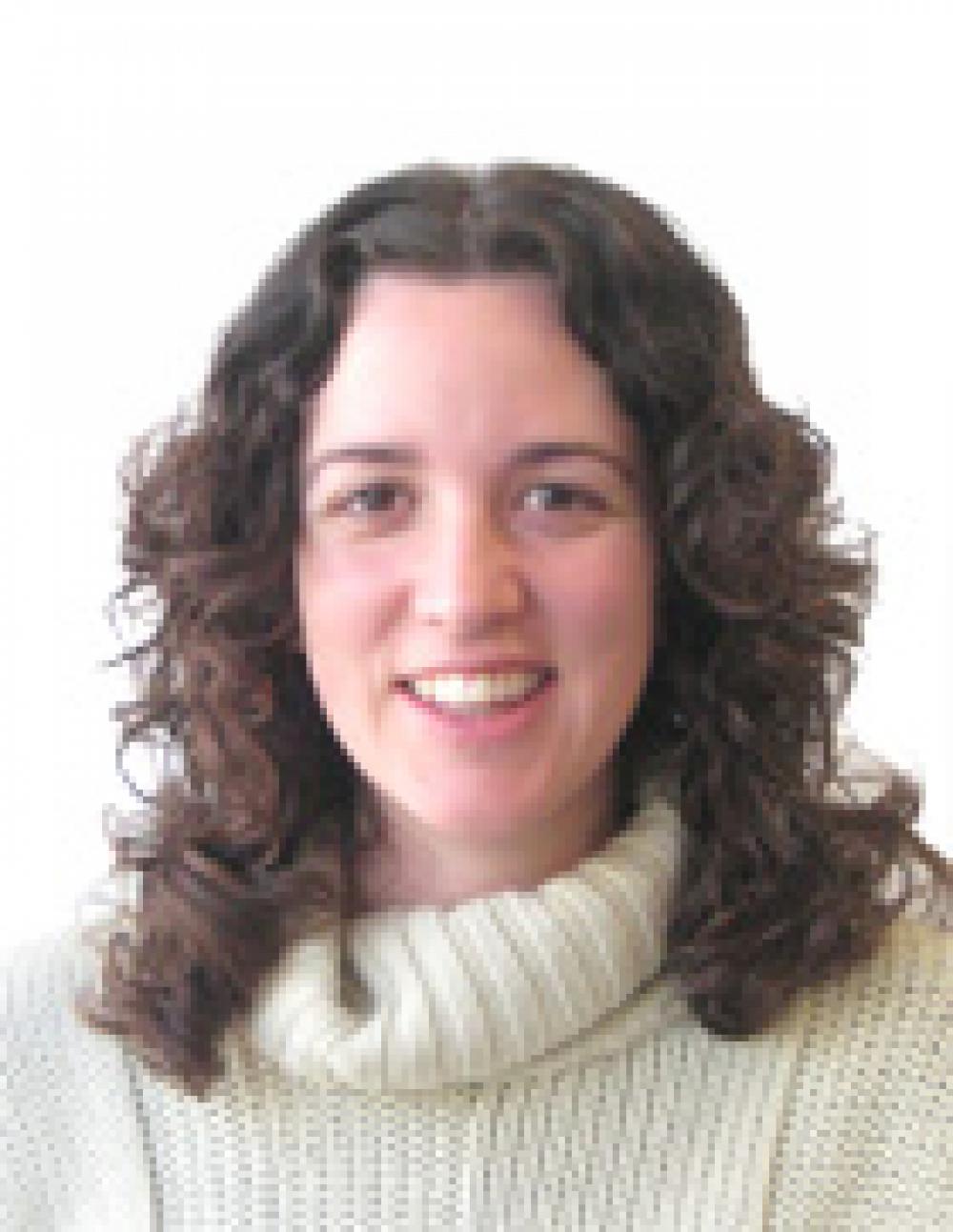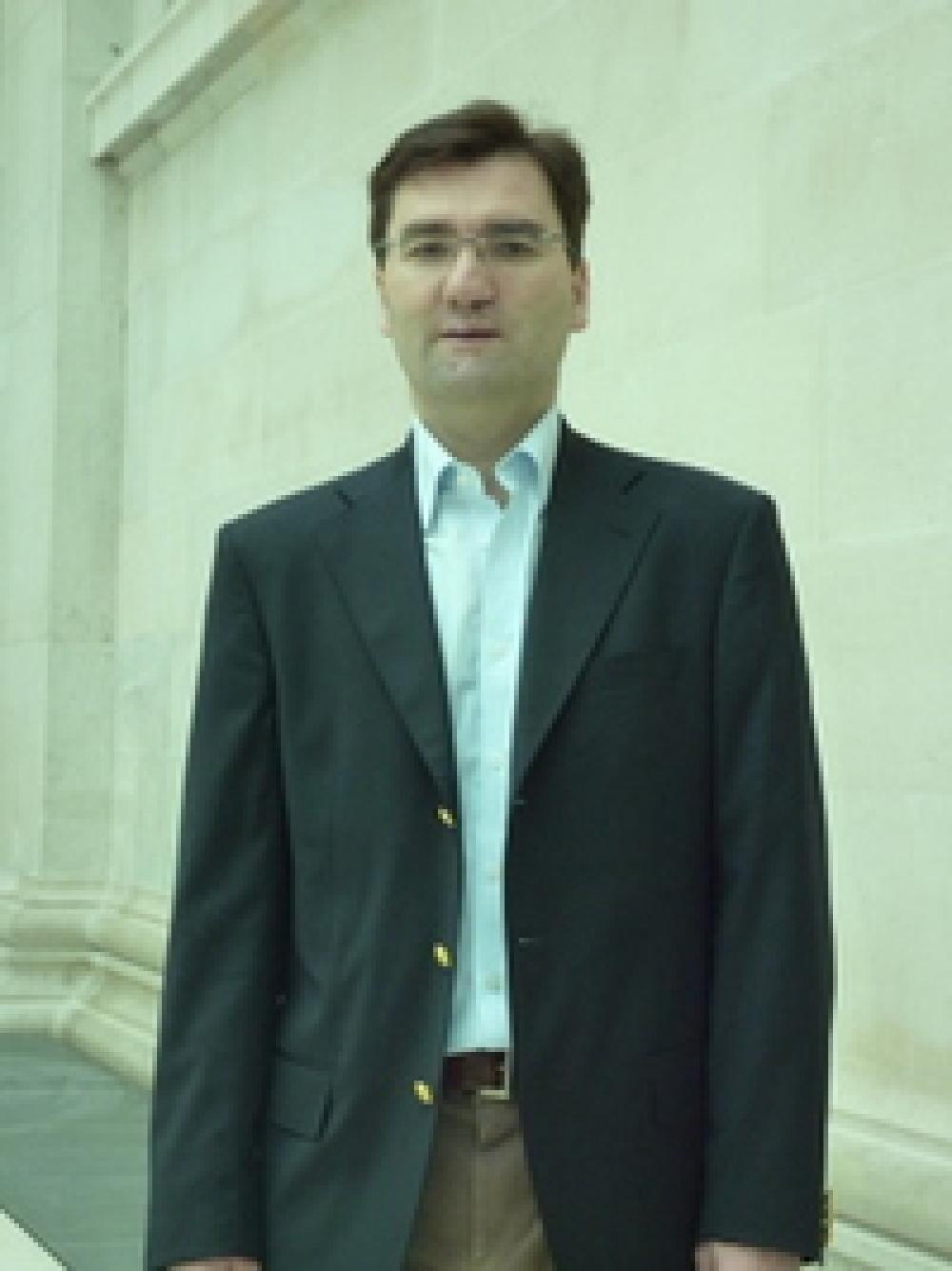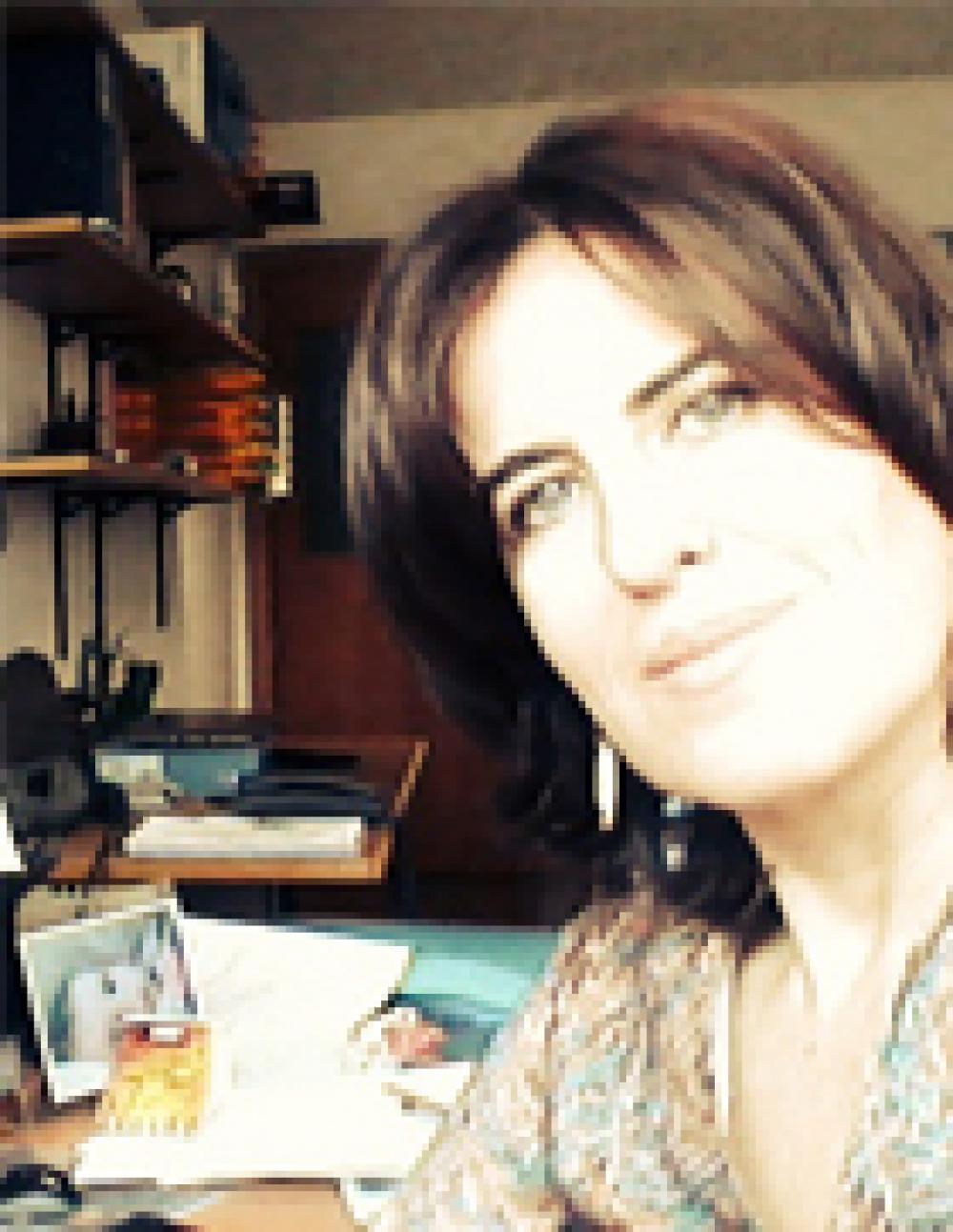Chemical abundances of planet hosts: searching the star-planet connection







A large review paper, "Testing General Relativity with past and future Astrophysical observations", arXiv:1501.07271, has been made public, prepared as a Topical Review for CQG. The review includes contributions from many international experts, including from our group, and was led by Emanuele Berti. Thank you Emanuele for pushing this team effort!
2015 marks the centennial of the General Theory of Relativity (GR), presented by Albert Einstein in 1915. Motivated by this celebration, understanding that GR is an important part of the scientific world heritage and recognizing the growing international influence of Portuguese researchers working in this area, the "Portuguese Society of Relativity and Gravitation" (SPRG) was formally established in 2015.
C. Herdeiro was the guest interviewee of Porto Canal's "Mentes que Brilham". Watch and listen to the conversation with interviewer Cláudia Fonseca about black holes and some of the research work made at Gr@v in this area.